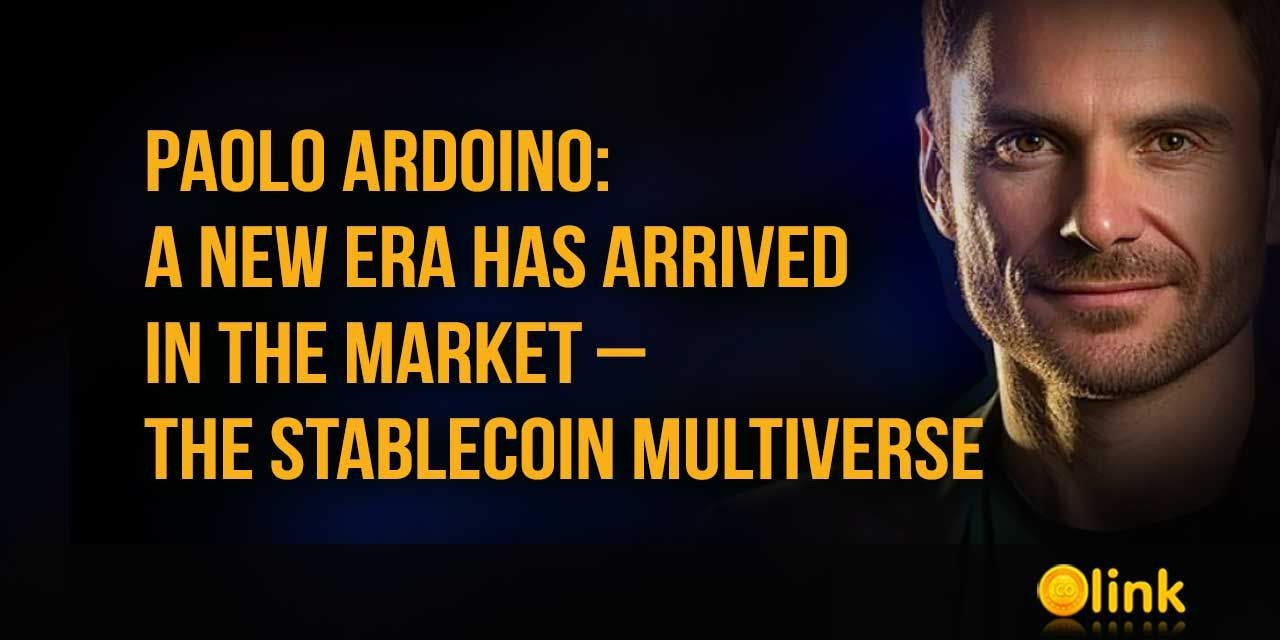stablecoins
Here you will find all posts tagged stablecoins
About stablecoins ℹ️
Stablecoins are a type of cryptocurrency that is designed to maintain a stable value relative to a fiat currency or another asset, such as gold or a basket of commodities. Unlike traditional cryptocurrencies like Bitcoin, which can experience significant price volatility, stablecoins aim to provide stability and predictability in value, making them suitable for use as a medium of exchange, store of value, or unit of account. There are several mechanisms used to maintain the stability of stablecoins. Fiat-collateralized stablecoins: These stablecoins are backed by reserves of fiat currency, such as the US dollar or the euro, held in bank accounts or custodial accounts. Each stablecoin in circulation is typically backed by an equivalent amount of fiat currency held in reserve, providing a 1:1 peg to the underlying asset. Crypto-collateralized stablecoins: These stablecoins are backed by reserves of other cryptocurrencies, such as Ethereum or Bitcoin, held in smart contracts or decentralized protocols. The value of the stablecoin is maintained through overcollateralization, where the value of the collateral exceeds the value of the stablecoin in circulation. Algorithmic stablecoins: These stablecoins use algorithmic mechanisms to adjust the supply of tokens in circulation in response to changes in demand, with the goal of maintaining a stable value. Algorithms may use mechanisms such as seigniorage shares, bonding curves, or algorithmic rebasing to stabilize the price of the stablecoin. Stablecoins offer several benefits compared to traditional cryptocurrencies, including reduced volatility, increased liquidity, and improved usability for everyday transactions. They are often used as a hedging tool by traders and investors, as well as a means of transferring value across borders quickly and cost-effectively. However, stablecoins also pose risks and challenges, including regulatory scrutiny, counterparty risk, and the potential for market manipulation. Despite these challenges, stablecoins have gained widespread adoption and acceptance, with billions of dollars' worth of stablecoins in circulation and growing interest from both retail and institutional users. Overall, stablecoins play a crucial role in the cryptocurrency ecosystem, providing stability and utility in an otherwise volatile and rapidly evolving market. As the demand for stablecoins continues to grow, they are likely to play an increasingly important role in the future of finance and commerce.
Paolo Ardoino Declares the Arrival of the "Stablecoin Multiverse"
Tether CEO Predicts a Bitcoin-Only Future
USDT Stablecoin Supplier Implements Sanctions Compliance
VanEck's Leader Forecasts Rising Bitcoin and Gold Interest Amid Fiscal Uncertainty
Brian Armstrong Champions Cryptocurrency's Real-World Utility
Charles Hoskinson Warns of Centralization Risks in Crypto from Stablecoins and ETFs
Investing in Bitcoin: Jeremy Allaire's Advice for a Volatile Market
US Federal Reserve Acknowledges Stablecoins as Currency: A Bold Move by Jerome Powell









